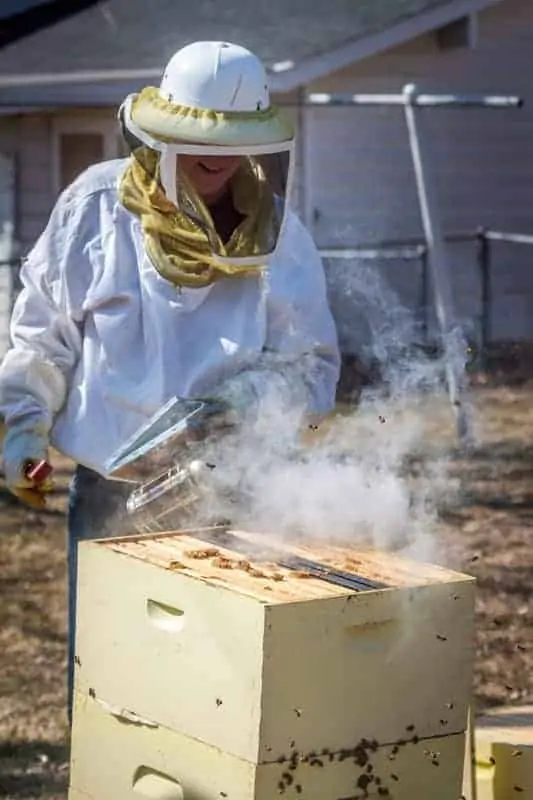Bees and their winter challenge

Our vision of the bee is one built on dreamy summer days, marked by a visit to a pollen-laden flower, a return to the hive and, eventually, the drawing of honey. While this perspective represents a beautiful reality, bees also have the challenge of surviving the colder months. And that is a very major challenge, especially in colder parts of the country.
When we run a beehive, we can help our little friends survive winter weather, ready for another year and more iconic visits to flowers.
How bees help themselves
Before we offer our help, it’s good to first understand what bees do to help themselves. They are actually little miracles, in their own way, with the capability to survive very harsh weather. Here’s how.
As the weather turns colder, bees start winding down their work activity. Bees are so-called “cold-blooded” and, as such, their body temperature tends to drop with the surrounding ambient temperature. Obviously, there’s a problem there!
Bees confront this grim situation by clustering. As the temperature drops, a tight cluster of bees is formed, with the bees in the center being warmer. Of course, if you are a bee on the outside of the cluster then the cluster isn’t helping you a lot. But, bees being of a collaborative nature, this is resolved by the bees on the outer edges moving towards the center. This actually benefits those in the center who make way, because they could otherwise become too hot.
And so it continues through the winter and, for eons, bees have survived through this process.
How we can help our bees

Unfortunately the winter is the time most beekeepers lose their hives. The is normally down to ignorance and lack of planning.
Good wintering techniques start months before the first frost.
Winterizing is a balance between avoiding too great a drop in temperatures (which tends to imply covering and/or insulating the beehive) vs. avoiding the dangers of moisture to the bee (which implies greater ventilation). The combination of the heat generated by the cluster with strong ventilation of cold air produces condensation. And that results in standing water that is never a healthy situation deep in the hive.
With these factors at play, it’s important to strike a balance between insulation and ventilation.
An older queen bee is less likely to survive the winter months. To combat this it would be smart to requeen every fall so the new younger queen will have a better chance at taking her hive through the winter.
It’s very important to inspect for disease in your hive before you go into winter. Unfortunately there are a lot of these diseases and if you go into winter with something ugly your hive will fail. Bees are better when there are more of them which means a small hive will struggle.
